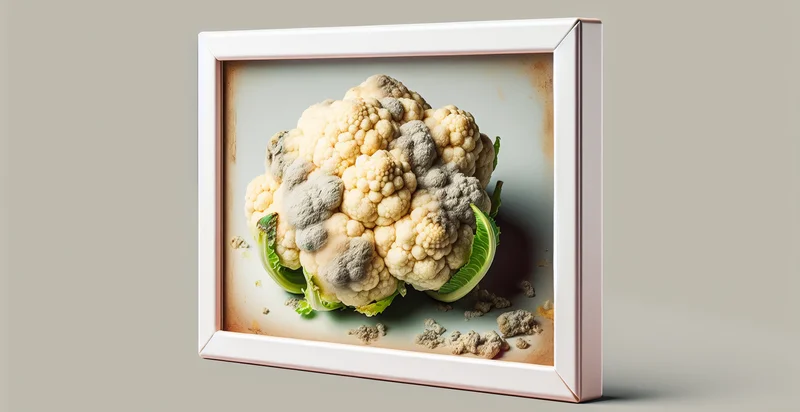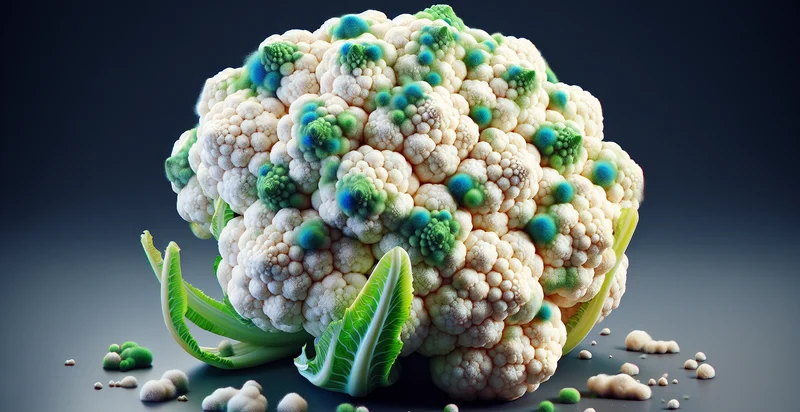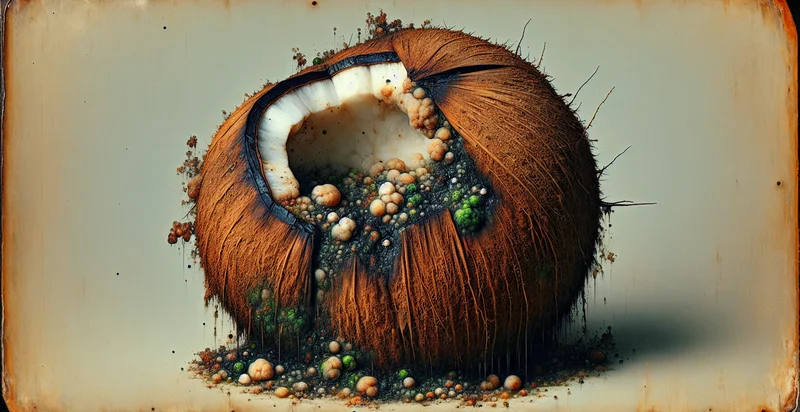Identify if cauliflower is rotten
using AI
Below is a free classifier to identify if cauliflower is rotten. Just upload your image, and our AI will predict if cauliflower is rotten - in just seconds.

Contact us for API access
Or, use Nyckel to build highly-accurate custom classifiers in just minutes. No PhD required.
Get started
import nyckel
credentials = nyckel.Credentials("YOUR_CLIENT_ID", "YOUR_CLIENT_SECRET")
nyckel.invoke("if-cauliflower-is-rotten", "your_image_url", credentials)
fetch('https://www.nyckel.com/v1/functions/if-cauliflower-is-rotten/invoke', {
method: 'POST',
headers: {
'Authorization': 'Bearer ' + 'YOUR_BEARER_TOKEN',
'Content-Type': 'application/json',
},
body: JSON.stringify(
{"data": "your_image_url"}
)
})
.then(response => response.json())
.then(data => console.log(data));
curl -X POST \
-H "Content-Type: application/json" \
-H "Authorization: Bearer YOUR_BEARER_TOKEN" \
-d '{"data": "your_image_url"}' \
https://www.nyckel.com/v1/functions/if-cauliflower-is-rotten/invoke
How this classifier works
To start, upload your image. Our AI tool will then predict if cauliflower is rotten.
This pretrained image model uses a Nyckel-created dataset and has 2 labels, including Cauliflower Fresh and Cauliflower Rotten.
We'll also show a confidence score (the higher the number, the more confident the AI model is around if cauliflower is rotten).
Whether you're just curious or building if cauliflower is rotten detection into your application, we hope our classifier proves helpful.
Related Classifiers
Need to identify if cauliflower is rotten at scale?
Get API or Zapier access to this classifier for free. It's perfect for:
- Quality Control in Agriculture: This use case involves using the cauliflower rot identifier in farms to assess the quality of their produce. By automatically identifying rotten cauliflowers, farmers can ensure that only healthy crops are harvested and sold, reducing waste and improving marketability.
- Grocery Store Inventory Management: Supermarkets can implement the cauliflower rot identifier to regularly scan their vegetable displays, ensuring that only fresh produce is offered to customers. This system helps retailers maintain high product quality, enhance customer satisfaction, and minimize returns due to spoilage.
- Supply Chain Monitoring: Distributors can utilize the rot identifier to monitor the condition of cauliflowers during transportation and storage. By identifying spoiled items early, they can take corrective actions, such as adjusting temperature controls, thus reducing spoilage-related losses.
- E-commerce Quality Assurance: Online grocery platforms can integrate the cauliflower rot identifier to assess the quality of cauliflowers before they are shipped to customers. This will enhance quality assurance processes, reduce complaints, and improve customer trust in buying fresh produce online.
- Waste Reduction Initiatives: Organizations focused on sustainability can employ the rot identifier to assess cauliflowers in processing plants. By effectively diverting rotten cauliflowers from production, they can minimize food waste and maximize the utilization of good produce.
- Food Safety Compliance: Restaurants can adopt the cauliflower rot identifier as part of their food safety protocols. By ensuring that they only use fresh ingredients in their dishes, they can enhance food safety, comply with health regulations, and improve overall dish quality.
- Research and Development in Food Science: Researchers can utilize the cauliflower rot identifier to study the degradation patterns of cauliflowers in controlled experiments. This data can contribute to understanding spoilage processes, leading to the development of better preservation techniques and improved food storage recommendations.


